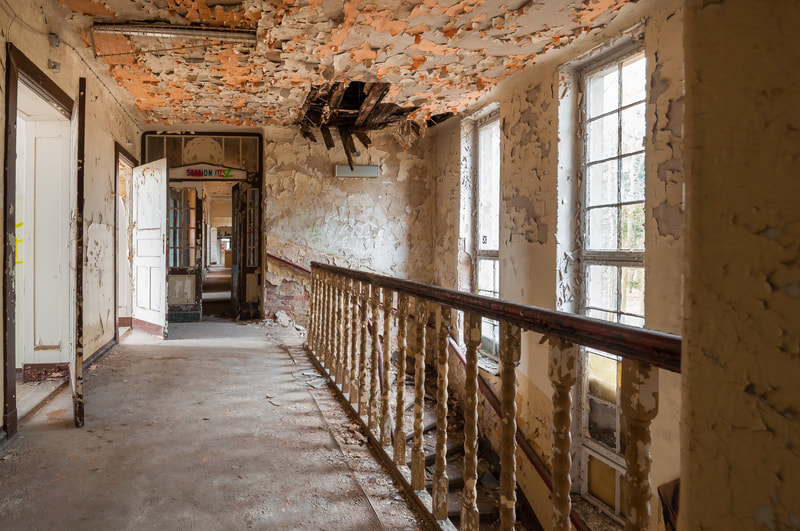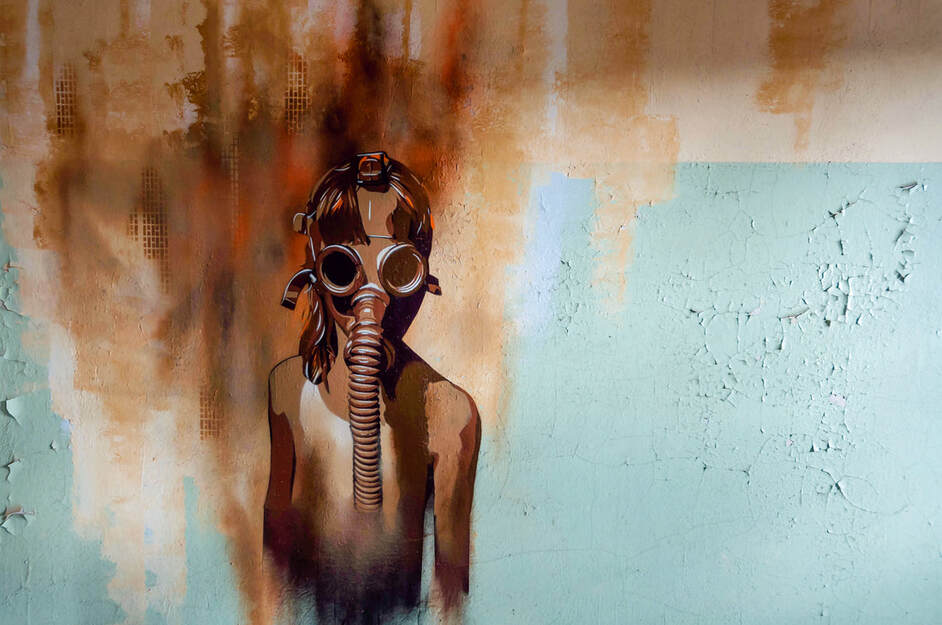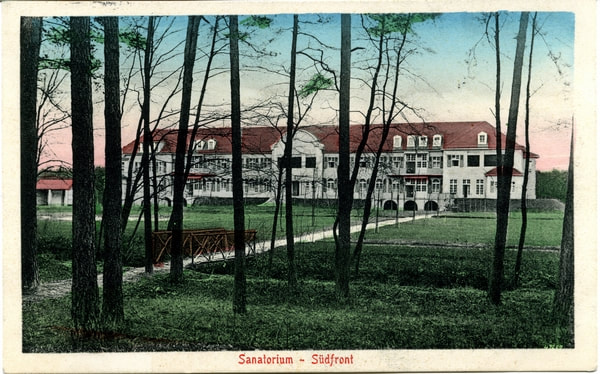Piano Sanatorium
"Mute shadows creeping slow, mark how the hours go. Every stone is mouldering slow. [...]"
(Walter de la Mare, "Empty House")
(Walter de la Mare, "Empty House")
Das kleine Sanatorium liegt auf einem großen bewaldeten Areal und steht seit Mitte der 1990er Jahre leer. Erbaut wurde es um 1910 als kleine Lungenklinik um Tuberkulosekranke zu behandeln. Zu Zeiten des Nationalsozialismus wurden die jüdischen Besitzer sowie Gründer der Heilstätte enteignet. Seit Ende der 1960er Jahren beherbergte das Gebäude dann bis zu seiner endgültigen Schließung, wenige Jahre nach dem Mauerfall, eine Hautklinik mit etwa 90 Betten. Das Sanatoriumsgebäude selbst wurde 2005 unter Denkmalschutz gestellt. Seitdem wartet es auf seine neue Bestimmung.
Die Fotos entstanden bei meinen beiden Besuchen im Jahr 2011, sowie 2016. Leider ist das Piano Sanatorium mittlerweile ohne Piano, da jenes vor einigen Jahren im Rahmen einer Nacht- und Nebelaktion gestohlen wurde. Mein zweiter Besuch nach fünf Jahren hat mich im Allgemeinen doch teilweise entsetzt. Gab es beim ersten Mal keinerlei Graffiti und kaum Vandalismus, so schmücken nun zahlreiche Schmierereien die Wände der Korridore. Doch auch ein paar künstlerisch wertvollere Stücke eines bekannten Streetart-Künstlers sind den Mauern hinzugefügt worden. Ob man solche Aktionen im Allgemeinen gut heißt oder nicht - darüber lässt sich natürlich streiten.
Die Fotos entstanden bei meinen beiden Besuchen im Jahr 2011, sowie 2016. Leider ist das Piano Sanatorium mittlerweile ohne Piano, da jenes vor einigen Jahren im Rahmen einer Nacht- und Nebelaktion gestohlen wurde. Mein zweiter Besuch nach fünf Jahren hat mich im Allgemeinen doch teilweise entsetzt. Gab es beim ersten Mal keinerlei Graffiti und kaum Vandalismus, so schmücken nun zahlreiche Schmierereien die Wände der Korridore. Doch auch ein paar künstlerisch wertvollere Stücke eines bekannten Streetart-Künstlers sind den Mauern hinzugefügt worden. Ob man solche Aktionen im Allgemeinen gut heißt oder nicht - darüber lässt sich natürlich streiten.
The small sanatorium is located in a big park and has been abandoned since the mid-1990s. It was built around the year 1910 as a lung sanatorium for mainly treating lung tuberculosis. During the Nazi period the Jewish owners were expropriated. The hospital was converted into a clinic for the treatment of skin diseases (with 90 beds available) in the end of the 1960s. A few years ago, there was put a preservation order on the old sanatorium. Nothing has happened since then.
The photos are from my two visits in 2011 and 2016. Unfortunately, the piano sanatorium is now a sanatorium without piano, as it was stolen few years ago in the dead of night. It was hard to see what has happened to that place within five years. On my first visit, there were no graffiti at all and almost no traces of vandalism - mostly natural decay. Currently, several graffiti decorate the walls. Yet, also a few pieces of high quality art by a famous street artist can be found inside now. Yet, if such artwork inside such historical buildings is likable or not is open for debating.
The photos are from my two visits in 2011 and 2016. Unfortunately, the piano sanatorium is now a sanatorium without piano, as it was stolen few years ago in the dead of night. It was hard to see what has happened to that place within five years. On my first visit, there were no graffiti at all and almost no traces of vandalism - mostly natural decay. Currently, several graffiti decorate the walls. Yet, also a few pieces of high quality art by a famous street artist can be found inside now. Yet, if such artwork inside such historical buildings is likable or not is open for debating.
Erneuter Besuch, fünf Jahre später - Revisit five years later
Südfront des Sanatoriums um 1917 - South side of the sanatorium around 1917
(gemeinfrei - in the public domain)
Historische Aufnahme - Historical photograph:
(©Habedank´s Postkartenverlag, Brandenburg a. d. Havel, o. J.)






































